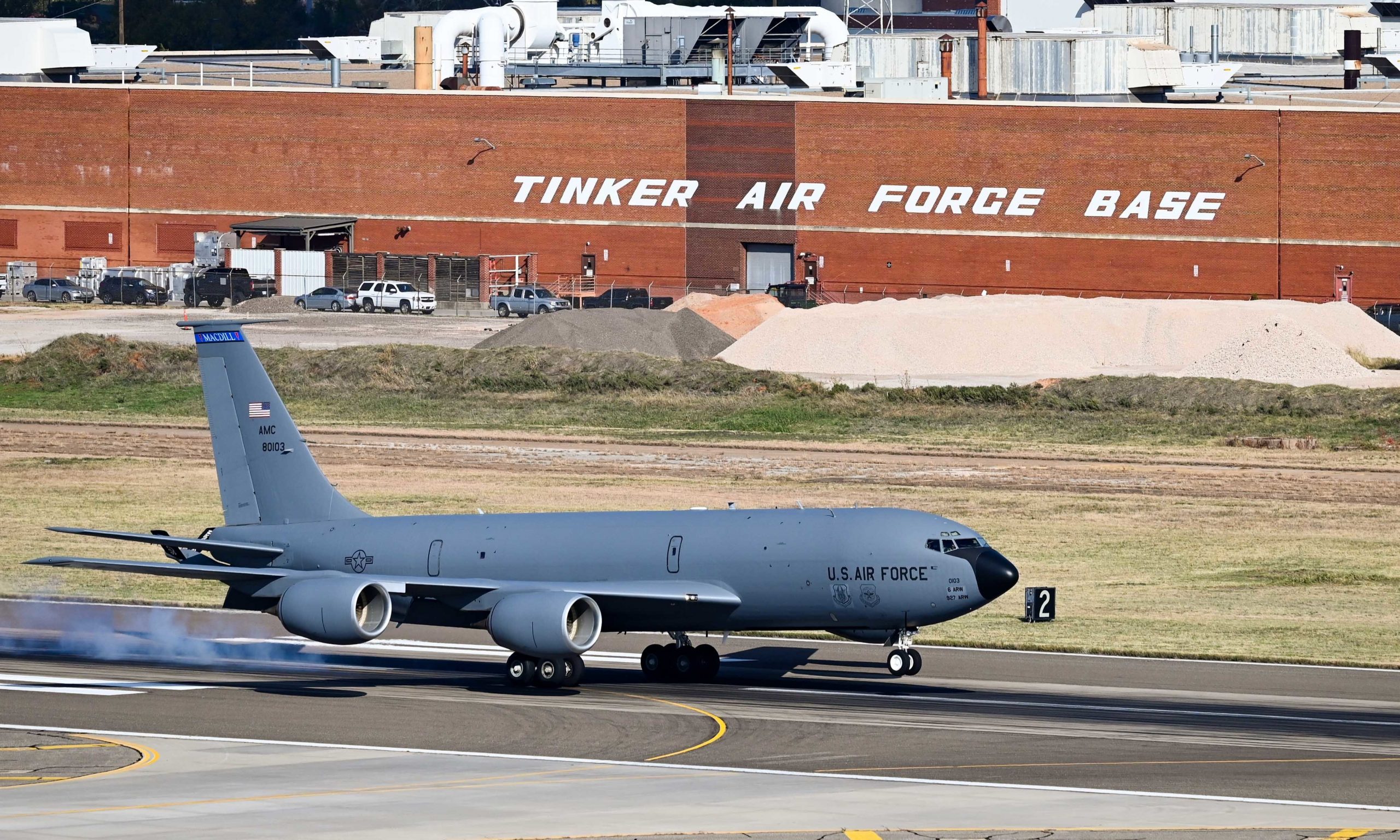PumpsOK Pioneers Low-flow Groundwater Sampling
In 1992 when Tinker Air Force Base in Oklahoma City initiated what would be the largest groundwater sampling project in U.S. history at the time, they turned to PumpsOK for help.
Because of early industrial practices at the largest air logistics center in the U.S., the groundwater aquifers had become contaminated with paint, chrome, and other pollutants. The U.S. Army Corps of Engineers and the Department of Defense had called for a 1,600-well environmental remediation and monitoring initiative, and they were looking for a solution.
In the 1980s, the Environmental Protection Service had been developing advanced theories about low-flow groundwater sampling. Up until that time, sampling had been done by physically dropping in a device to bail water samples from each well. Not only was this labor-intensive, but it was also inaccurate because the manual system inherently introduced contaminants into the samples.
“At the time, Grundfos was developing a groundbreaking product that would put a dedicated pump in each well for obtaining samples,” explains PumpsOK president and chief geologist Dick Greenly. “We worked with Grundfos to develop and hone the technology, and then we put it to work at Tinker.”
The system, which included 1,600 pumps and 150,000 feet of stainless steel piping, cut Tinker’s time and expense for monitoring by two-thirds. Because there was an electric pump in every well, personnel could obtain samples by connecting a controller, starting a generator, and pumping out the water. Teams could sample a well in ten minutes versus the hours it took using the manual bailing method. The system also improved sample accuracy and resulted in drastically fewer false positives.
“Grundfos developed the product, and we deployed it on the biggest project ever and proved out the theory on low-flow groundwater sampling,” says Greenly. “It was a paradigm shift in how groundwater sampling was performed, and it continues to be done that way today.”




















